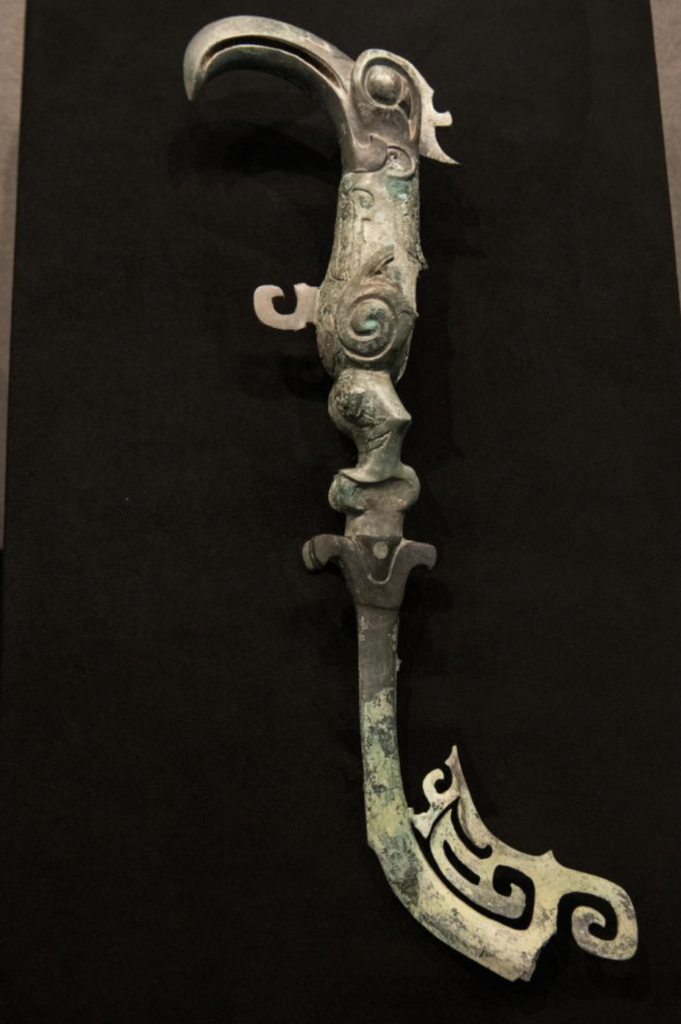http://j.people.com.cn/n3/2024/0725/c95952-20198006.html
During an exhibition in Sichuan, a digitally restored Bronze Divine Tree was shown. On the digital large-screen display, more than 30 remaining bronze pieces gradually came together under the background of a starry sky, and finally became a 2.88-meter-tall digital bronze divine tree. This shows the potential of AI technology in the application of AI technology in the field of cultural asset protection and restoration, and brought visitors a completely new visual experience.
According to the evaluations of archaeologists and experts in the protection and restoration of cultural properties, restoration using traditional physical reinforcement methods is extremely difficult and time-consuming, and is likely to damage the cultural property itself. For this reason, it was decided to first restore the Bronze Sacred Tree digitally. After 3D scanning, the more than 30 parts of the tree were shown with detailed information such as the ritual pit from which they were excavated, the degree of correspondence between the cross-sections of the remaining parts, and how they fit together.
According to Yu Jian, deputy director of Sanxingdui Museum and head of the Cultural Relics Preservation Department, “We wanted to use the digital exhibition method to allow people to see the cultural relics in the most pristine state they were in when they were unearthed. We also displayed as much excavation information as possible for all the remaining parts so that people from all walks of life can understand and study the cultural relics from different perspectives.”

